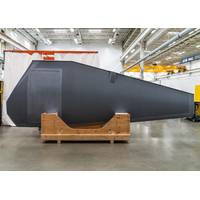
Janicki Supports Saildrone Voyager Program
awareness. Powered primarily by wind and solar, the Voyager can stay at sea for over six months providing real-time data without the need for a crewed support vessel.Janicki manufactures the Voyager wing, keel and various other composite components. These technologically challenging composite and metal structures leverage Janicki’s expertise in engineering, fabrication, high-precision 5-axis milling and quality assurance, Janick said. The company added its highly skilled teams have been working on a rapid timeline to produce and deliver parts for the expanding Voyager program
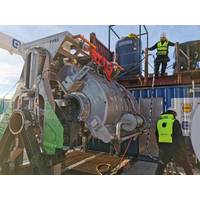
Subsea Tech: Taking 3D Printing to the Seabed
, SINTEF and Gassco, with Norwegian National Research Council funding and support from part-owner-incubator Kongsberg Innovation to make this happen. Just like the composite repairs, the process would be done inside the Nautilus platform using additive manufacturing techniques to rebuild damaged metal structures in-situ. “It’s like building the equivalent of a steel clamp directly on to the pipeline with off-the-shelf materials and without the waiting time associated with acquiring a clamp,” says Carlsen.“Normal welding usually involves welding together two pieces of pipe or
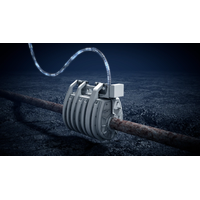
Subsea 3D Printing Tech Targeted for 2022
composite repairs on subsea pipelines.Now the Kongsberg Ferrotech wants to add additive printing capability to these systems, using metallic media to repair defects, with support from the Research Council of Norway through the PETROMAKS 2 program. The company will use 3D printing to rebuild damaged metal structures - layer by layer – allowing permanent repairs and implementing new functionality as needed.“The rapid development of 3D printing technology is creating new opportunities and markets going forward,” says Brede Lærum, head of 3D printing at Equinor. “Combining this
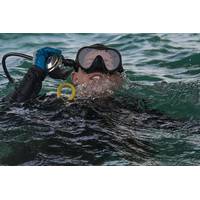
US, Thai, Korean Navies Working Together Underwater
was the inspection for the deterioration of Thrung Prong Pier, which was originally built in the 1970s and was rebuilt for the first time last year. "The UCTs completely rebuilt Thrung Prong in 2017, in which they put 377 sacrificial anodes on the pier [used to protect submerged metal structures from corrosion], and we are here to measure the rate of deterioration on those anodes," Ramirez said. "Since the pier was built, it has been used for various purposes, ammo offloads, mooring, getting supplies on and off the base and basically enabling the Royal Thai Navy to be a little
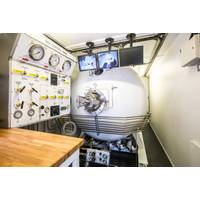
SMP Delivers Air/Gas Diving Spread for GloMar Subsea
further enhance the company’s capabilities, SMP joined forces with engineering and fabrication company WEC Group earlier this year as a way of combining each other’s engineering expertise and strengthening operations. WEC Group specialize in the manufacture of a wide range of metal structures and welded assemblies including pressure vessels, rail gantries, armored vehicle hulls and more
MacArtney Camera Protection for Underwater Welding
, blasting and cutting operations but can also be used for equipment protection on other mission types. MacArtney LUXUS units are frequently deployed by commercial diving contractors and operators of remotely controlled systems working with the installation, service, repair and decommissioning of metal structures in harsh subsea environments. While operators need to maintain full visual command of the worksite, divers and equipment are unavoidably required to remain in close proximity to the sparks and liquid metal spatter which is often discharged during hyperbaric welding and cutting. Among other
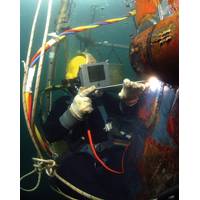
MacArtney Debuts Camera Protection Solution
, blasting and cutting operations but can also be used for equipment protection on other mission types. MacArtney LUXUS units are frequently deployed by commercial diving contractors and operators of remotely controlled systems working with the installation, service, repair and decommissioning of metal structures in harsh subsea environments. While operators need to maintain full visual command of the worksite, divers and equipment are unavoidably required to remain in close proximity to the sparks and liquid metal spatter which is often discharged during hyperbaric welding and cutting. Among other hazards
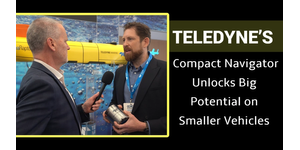
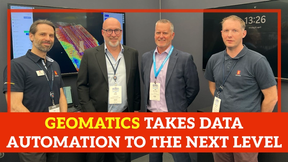
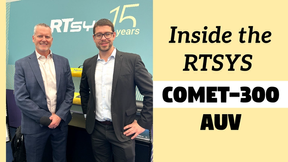
 February 2025
February 2025





